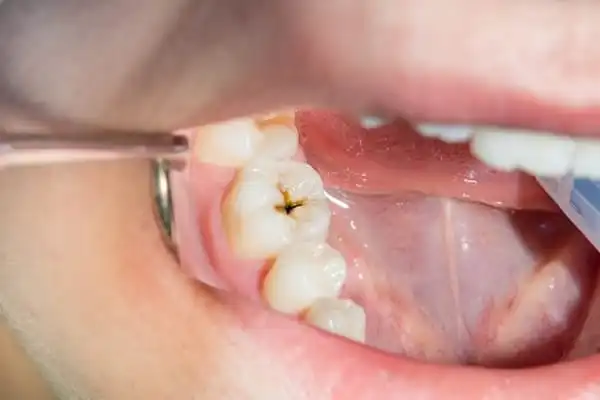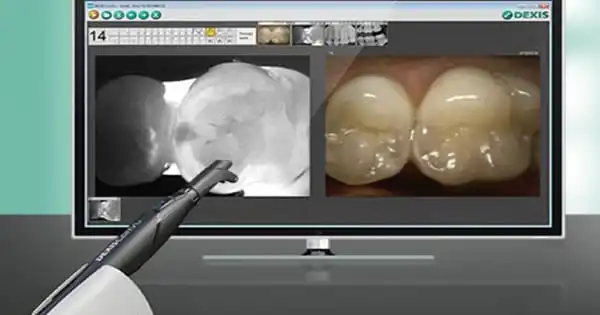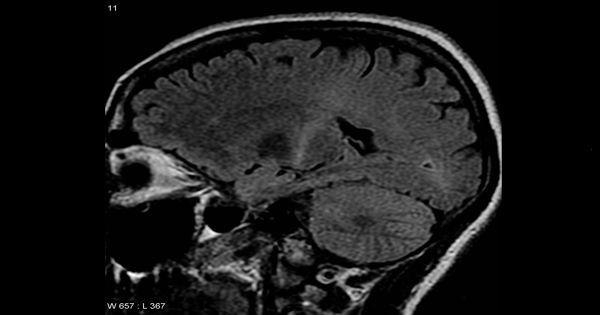Cavities, also known as tooth decay or caries, are caused by a variety of causes, including germs in your mouth, frequent nibbling, drinking sugary drinks, and failing to properly clean your teeth. Researchers demonstrated that a dental tool they developed can quantify the acidity built up by bacteria in plaque, which causes cavities.
Your dentist and you have a number of tools and procedures for avoiding cavities, but diagnosing the exact chemical circumstances that can lead to cavities and then preventing them from ever starting is far more difficult. In a new study, University of Washington researchers demonstrated that a dental tool they developed can quantify the acidity built up by bacteria in plaque, which causes cavities.
The O-pH system is a prototype optical device that emits an LED light and monitors the fluorescence responses of that light with an FDA-approved chemical dye placed to teeth. The O-pH then generates a numerical readout of the pH, or acidity, of the plaque coating those teeth. Knowing how acidic the plaque is can help dentists and patients determine which areas of a tooth are more vulnerable to cavities.
“Plaque contains a lot of bacteria that make acid when they interact with the sugar in our meals. This acid is what causes tooth surface deterioration and, eventually, cavities. So, if we can collect data on acidic activity, we can get a sense of how bacteria proliferate in the tooth biofilm, or plaque.
Manuja Sharma
“Plaque contains a lot of bacteria that make acid when they interact with the sugar in our meals,” said Manuja Sharma, principal author and Ph.D. student in the University of Washington’s Department of Electrical and Computer Engineering. “This acid is what causes tooth surface deterioration and, eventually, cavities. So, if we can collect data on acidic activity, we can get a sense of how bacteria proliferate in the tooth biofilm, or plaque.”
Sharma added that because not all bacteria in the biofilm are bad or can cause cavities, assessing the acidity of the environment can tell a dentist everything they need to know about the risk of developing problems. This reduces the need to screen for specific dangerous bacteria, of which there may be a plethora.
To put their technology to the test, the researchers enlisted the help of 30 patients aged 10 to 18, with a median age of 15, from the UW School of Dentistry’s Center for Pediatric Dentistry. The researchers picked children for their study in part because the enamel on children’s teeth is significantly thinner than that of adults, making early detection of acid erosion even more critical. The researchers also recruited second-and third-year dentistry students, who were supervised by a faculty member, to perform the measurements with the O-pH equipment.

The examination is non-invasive. While the dye is being applied to the teeth, a probe at the end of a length of cord transmits and captures light while hovering over the surface of a tooth (see photos). The captured light is returned to a central box, which delivers a pH reading. Before and after sugar rinses and other condition adjustments, such as pre- and post-professional dental cleaning, the conditions on the patients’ teeth were read multiple times.
The idea for adding the acidity test as a new clinical procedure came from envisioning that when a patient first sits in the dental chair, before their teeth are cleaned, “a dentist would rinse them with the tasteless fluorescent dye solution and then get their teeth optically scanned to look for high acid production areas where the enamel is getting demineralized,” said Eric Seibel, senior author and research professor of mechanical engineering in the UW College of Engineering.
The research was published in IEEE Transactions on Biomedical Engineering in February. One weakness of the study, according to the researchers, was the inability to consistently assess the same location on each tooth during each round of testing. To solve this issue, the researchers are developing a version of their device that creates images for dentists that instantaneously reveal the exact spot of high acidity, where the next cavity may occur.
“We need more studies to show how helpful it is for diagnosis, but it can absolutely help us quantify aspects of your dental health,” Sharma added. “It can also assist patients in learning about the impact of sugar on the chemistry of plaque. We can show them what happens in real-time, and it will be an experience they will remember, and they will say, OK, alright, I need to cut back on sugar!”
















